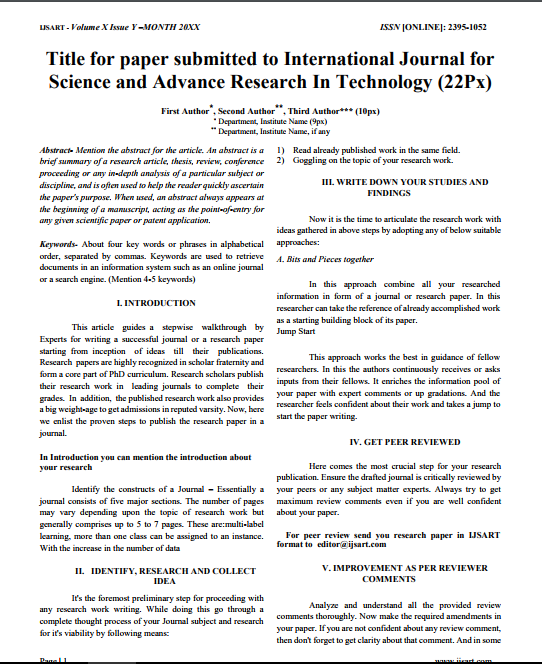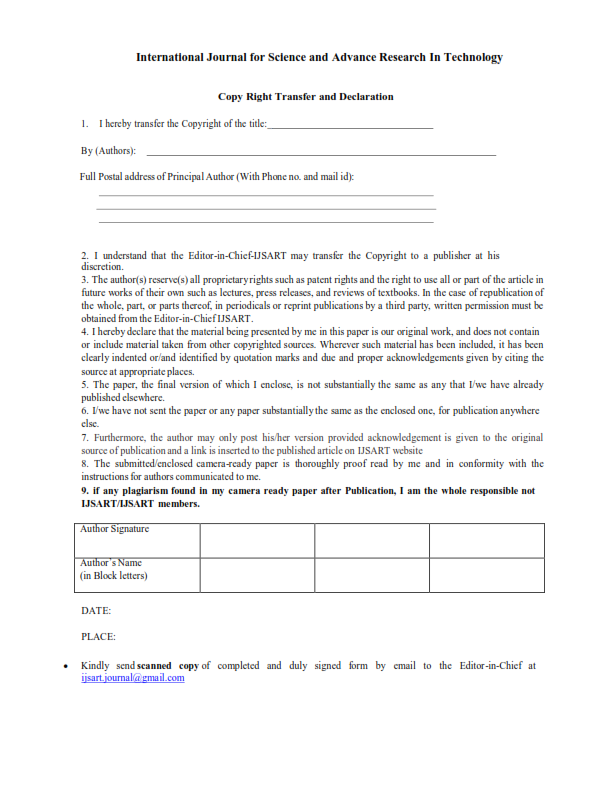SIMULATION OF BASTION HOST IN CLOUD USING TERRAFORM AND MACHINE LEARNING CONCEPTS |
Author(s): |
| Mr. Siddesha K |
Keywords: |
Abstract |
|
Many businesses use distributed applications on their local servers. However, if load on those server’s changes unexpectedly, then it becomes tedious to scale the resources and requires skilled human power to manage such situations. It may increase the capital expenditure. Hence, many companies have started to migrate their on-premise applications to the cloudThis migration of applications to the cloud is one of the biggest challenges. Setting up and managing complex growing infrastructure, after moving these applications into the cloud is a time-consuming and tedious process that leads to relaxation. Therefore, we need to create this location by default. In order to achieve distributed system structures that support security, duplication, reliability, and scalability, we need specific cloud automation tools. This project summarizes tools such as Terraform and automated cloud architecture for infrastructure. In this way, online legitimacy is applied and sanctions against those offenders who perform illegal or illegal activities are imposed. The first section is a pre-built database containing information from harmful websites. The second completes the system with a binary category that can label a website (whether dangerous or not) considering just its domain. The program uses web resources and integrates web-based variables. In this project, we describe an approach to this problem based on automated URL classification, using statistical methods to discover the logistic regression and host-based properties of malicious Web site URLs. These methods are able to learn highly predictive models by extracting and automatically analyzing of features potentially indicative of suspicious URLs. The resulting classifiers obtain 95–99% accuracy, detecting large numbers of malicious Web sites from their URLs, with only modest false positives. |
Other Details |
|
Paper ID: IJSARTV Published in: Volume : 8, Issue : 7 Publication Date: 7/1/2022 |
Article Preview |
|
Download Article |


